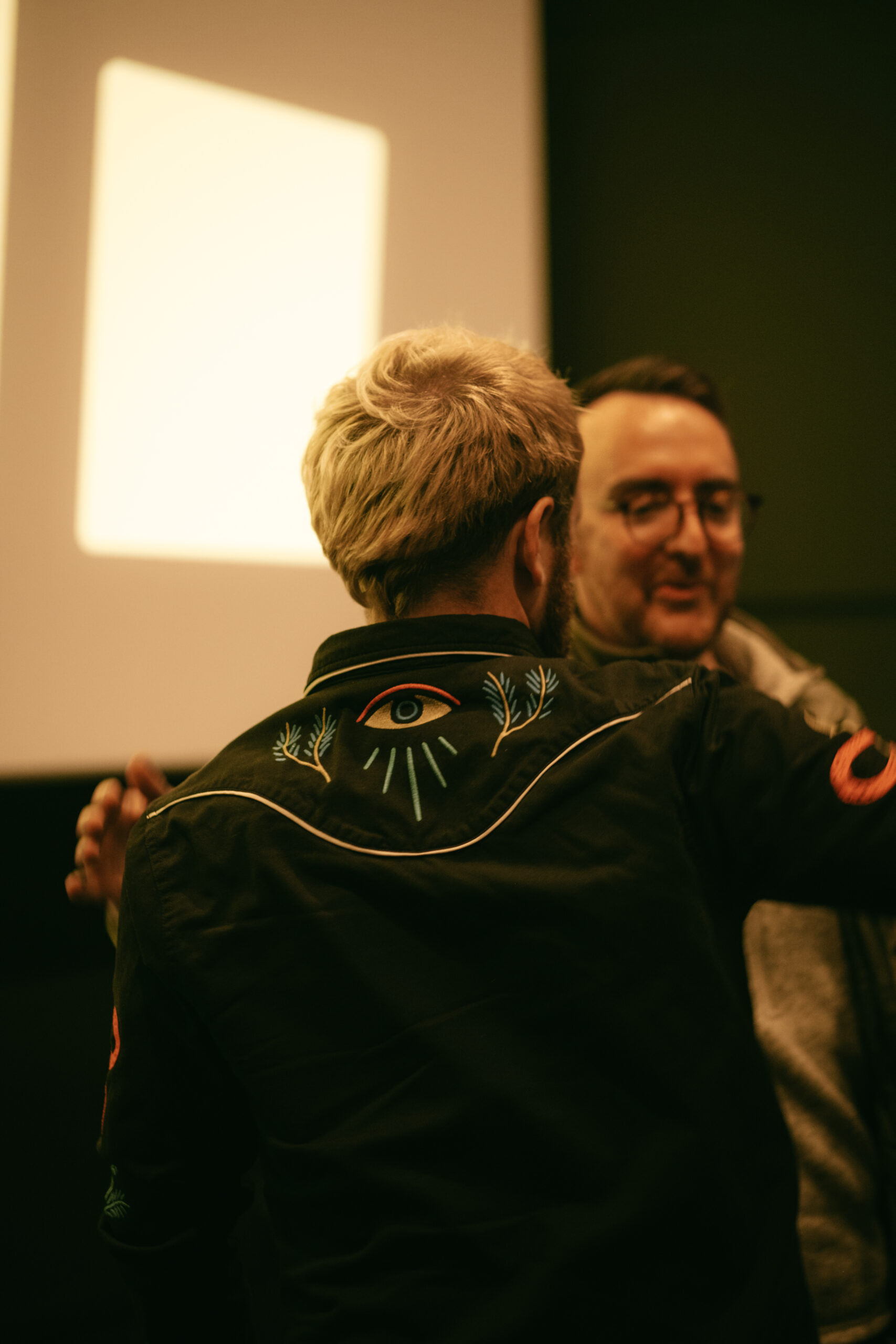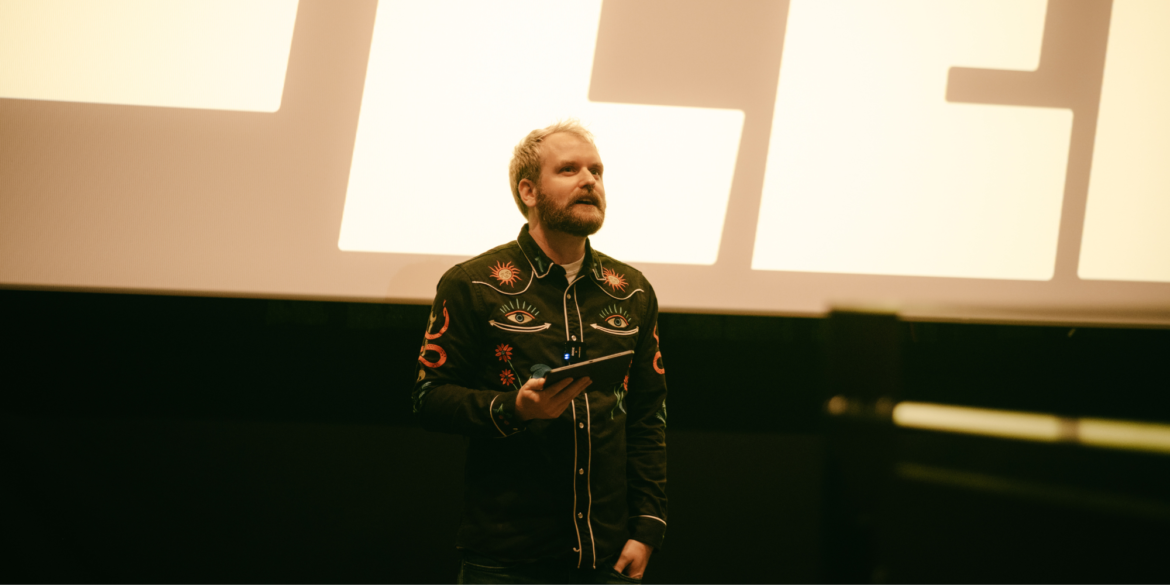For this December’s CreativeMornings, local creatives met bright and early at the Kan-Kan Cinema to hear Zac Neulieb speak on the topic of abundance. Neulieb, the associate creative director at Young & Laramore, explained his perspective on creativity in the workplace. As a self-described dabbler, he used the metaphor of “wearing many hats” to explain his various creative roles—designer, art director, and type designer are just a few. In fact, Neulieb began his own type-design practice in 2020 through the creation of Yeahright Type Studio, which started as a creative outlet and has since grown into a successful side hustle (that just happens to sell the coolest merch—check it out here).
In his talk, Neulieb encouraged audience members to explore and appreciate the wide variety of opportunities available to them. He advocated for limitless creation, expressing the importance of always trying new ideas, projects, and approaches.
PATTERN sat down with Neulieb after his presentation to get the details on his career at Y&L, his entrepreneurial pursuits, and his kickass approach to all things creative.
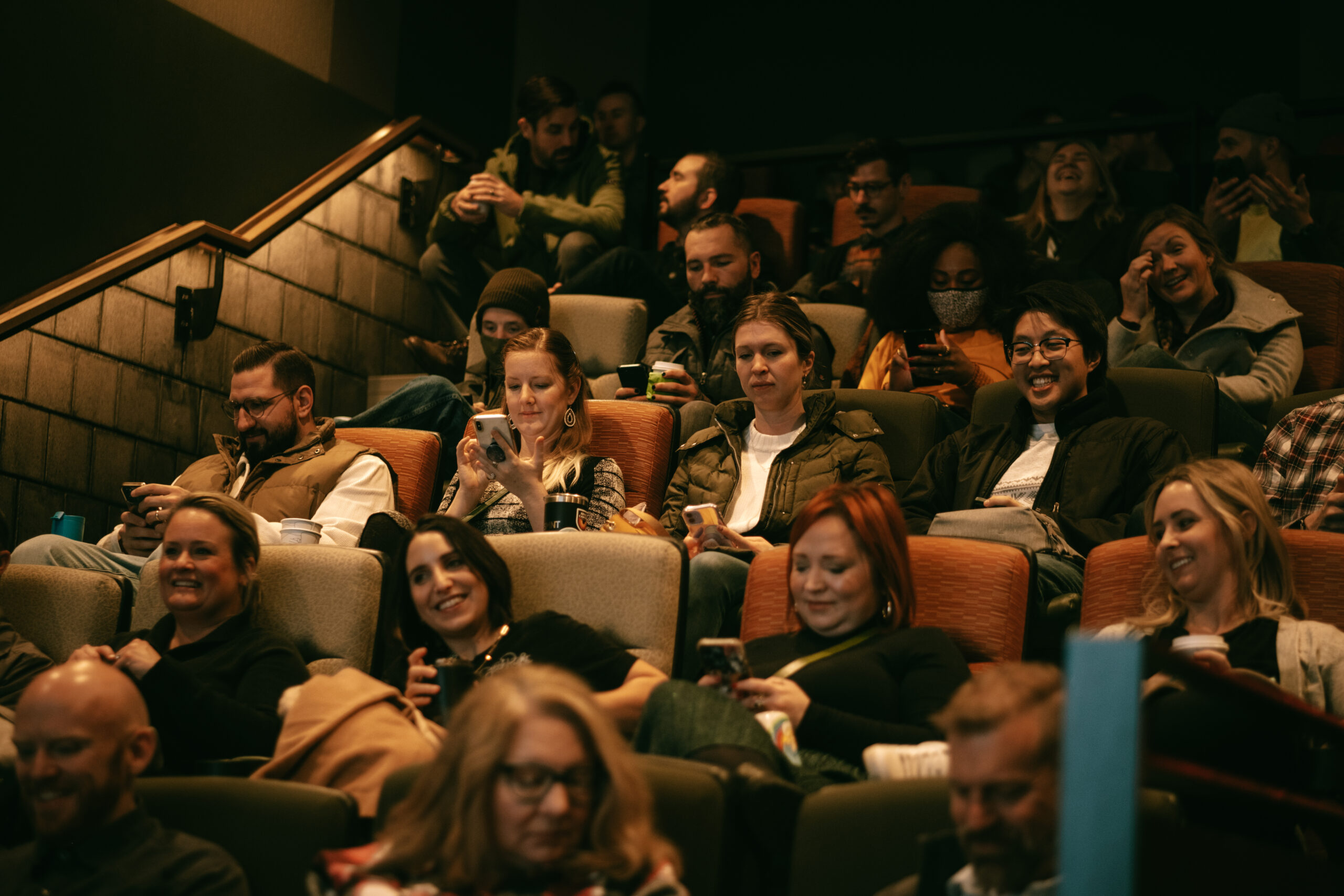
Katie Freeman: In your talk, you spoke about having worn many hats within your career: designer, art director, type designer, and so on. What does your latest role as an associate creative director look like?
Zac Neulieb: I work at Young & Laramore here in Indianapolis. I’ve worked there for ten years. I found my way to this position via being a designer, which is all about the execution, and an art director, which is more about the vision, up into the associate creative director space. Creative direction comes from a place of making sure that the ship is being steered correctly from a creative perspective: people have what they need, new ideas are being brought to the table, and really just engendering that energy into both the work and the people that are working on it. I oversee accounts. I oversee people. I try to get them whatever they need and make sure that the work is top-notch and everyone’s happy with it.
KF: So, you’re like the 30,000-foot view over all the projects.
ZN: Yeah! Young & Laramore is an interesting place because even though I am at that level, I will still go all the way down to the designer level. So there are some accounts where there are writers and creative technologists and media people and whatnot, and I am still the ACD, the art director, and the designer on them. It’s great because I never want to not make. I never want to not design or create, but at the same time, I do want to help other people and foster their creativity. So Y&L has been a really good place for that because allows me to do both.
KF: You noted how sometimes, designers end up specializing in just one niche. You’ve never done this, instead opting to create in all kinds of design styles. How do you maintain a standard of excellence in your designs whenever you’re working with styles that are new to you?
ZN: A lot of my inspiration is pulled from the world, from other designers, from music, and all of that, so I’m exposed to a lot of different styles. And I live with a lot of those styles, because I’m a big fan of those people’s work, or the styles, or that band, whatever that may be. You start to learn it. You understand how the sausage is made. What’s great is that then, you can start translating that to something you’re working on and go, “I have this print ad. What if I illustrated it? What if I made a collage out of it? What if I photographed something?”
It’s figuring out the do’s and don’ts of those styles and what’s successful and what’s not successful. A lot of that is just being perceptive. It’s a lot of trial and error. But it comes from a place of profound love and inspiration of those things. It makes me want to do that style well because I don’t want to do a shitty knockoff of it. I want to do it justice. Some of it is mockery, but some of it is out of pure love and inspiration.
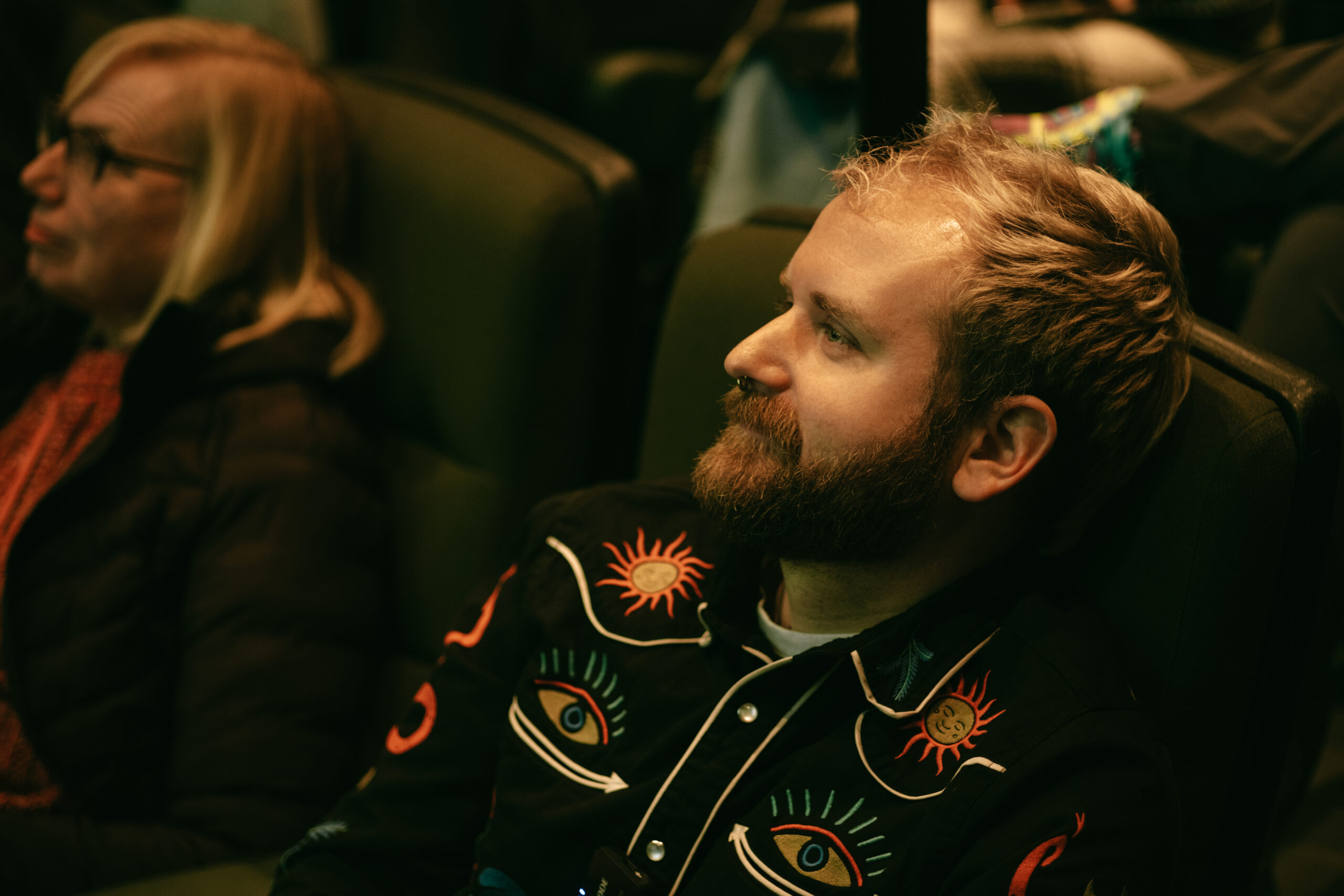
KF: Back to the hat metaphor—you mentioned being able to set one hat down for a few months and then pick it right back up. How do you keep them in good condition when they aren’t in use?
ZN: I think a lot of it is chaos. A lot of it is just a rising and falling of interest, of deadlines, of organization. Whether it’s “I don’t like where it’s at right now; I’m going to walk away from it. Maybe I’ll forget about it, maybe work will get really busy and I won’t have time.” Or, I’ll see something and go “Oh! That’s what that needed.”
What’s great about the Yeahright Type stuff is that it’s only on a personal deadline unless someone hires me to do something. That allows me to go as quickly or as slow as I’d like. That allows me to switch those hats off, which is really nice. But some of it gets really difficult to do. To keep everything compartmentalized and to keep on track, I use the Reminders app, which is a lifesaver for me. That’s just generally me as an anxious fast-talker, fast-walker kind of person. It’s a way for me to channel that anxious energy, be able to jump around, and always have my mind working on things.
KF: Speaking of Yeahright Type, you said that Y&L has been supportive of it. Is there ever any integration between your work with Young & Laramore and your personal work designing typefaces through Yeahright Type Studio?
ZN: I have been lucky enough to do that on a project that’s coming out soon. It’s coming out early next year. It’s a candy rebrand we’ll be doing. It’s really awesome to see the typeface on packaging. Some of has also been integrated into the Y&L social account. I’ve made a typeface based on this old school building we’re in called School No. 9.
I get weird because I don’t want it to ever feel forced, I don’t want to ever feel like “I do this, so therefore we need to use it,” right? I don’t need any of that. But it’s very cool when people ask me to use it, or they want to use it, or they think it’s a good fit. So they have been nothing but supportive, which is amazing. I think as a creative, you just have to keep growing, and Y&L is really good at fostering that creativity over the years.
KF: At Y&L, you’ve had the opportunity to work on projects for big-name clients. Do you ever get nervous, and if so, how do you overcome that?
ZN: Absolutely, absolutely. Oh, my God, I was a nervous wreck every time I had to present for the first four or five years of my career. What I figured out over the years is that, obviously, you get better the more you do it. But also, people want you to succeed, people want you to do well, and people want you to make good work for them. And if you’re not excited about it, if you can’t be passionate about it and relay that to somebody, then you’re not doing your job. So for me, all you have to do is just relay that passion. You just have to own it. And you know the work already, and you just have to get someone excited about it. It sounds so simple, but it was life-changing.
I feel like there’s always this idea of like, “You have to talk like this, you have to present like this, you have to be buttoned up.” And really, what people come to agencies for is to look cool. They want to be different. They want to help solve a problem, through marketing or through creative. What I found was to be yourself. People will buy work if they know that it’s truthful and that you are actually passionate about it. A lot of that unlocked that potential and mental space for me to move away from this very anxious “I need to say the right thing” mindset. Just have fun with it.
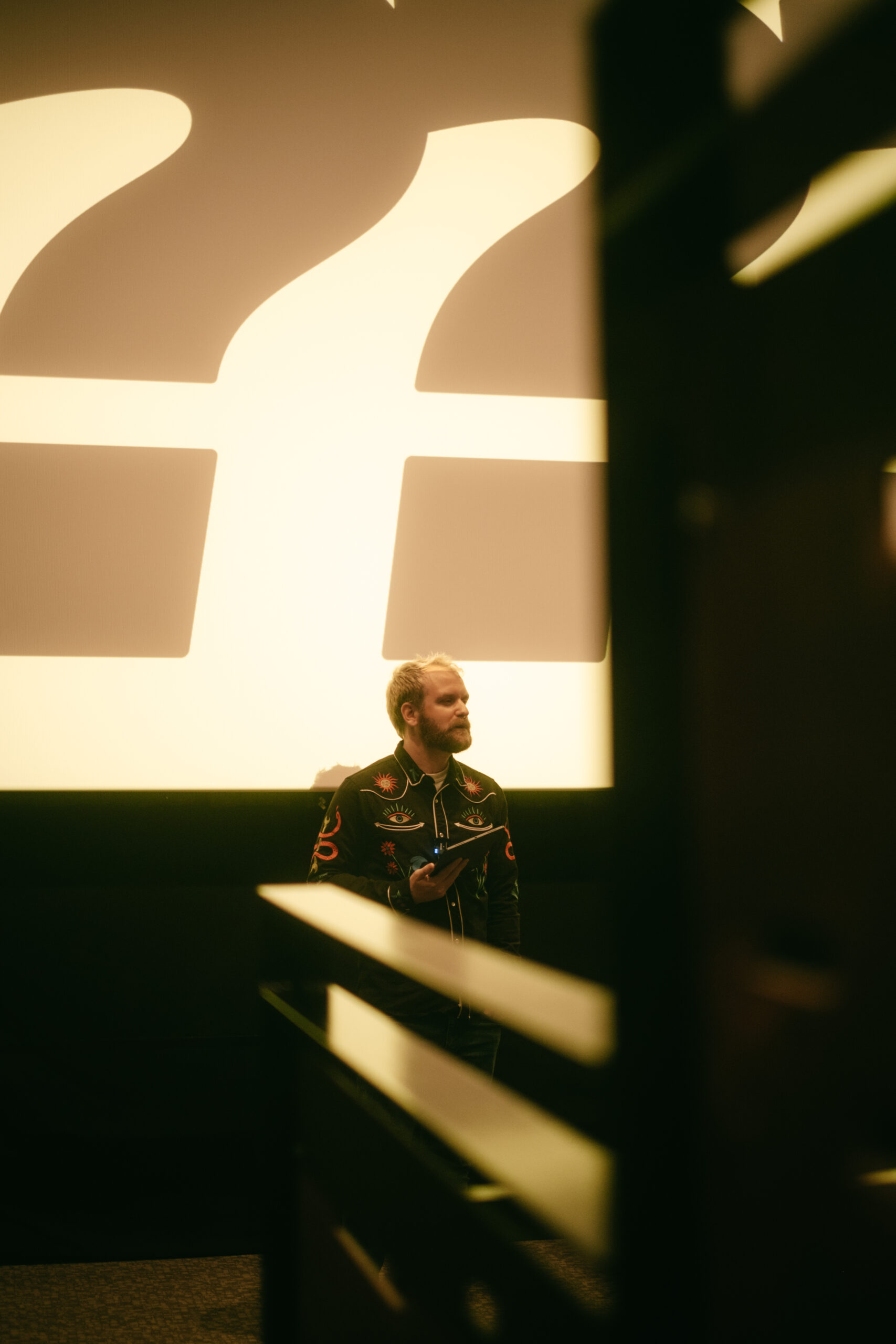
KF: Passion for projects can come from having really great inspiration. How does creating in Indianapolis inspire you and influence your work?
ZN: I’ve been in Indy for over 10 years now. I find a lot of inspiration in my friends, honestly. I have a lot of amazing new talented friends, whether they work in advertising or they work for brands like Drizly, or one of my friends just took over the present CEO’s place for Downtown Indy, which is amazing. And that is inspiring to me because we worked together for a while and it was like, “Holy shit, you’re a boss. You’re a boss-ass bitch.” That’s really inspiring to me. That pushes me, that makes me want to be better, and that makes me want to try and compete on their level.
With my lens, with what I can do with what I know, I will never be the head of a nonprofit or the head copywriter for an amazing brand that Uber just bought, or even the designers and art directors and writers at Y&L, but I draw inspiration from them. It helps push me. I feel like you can get to a place of complacency really easily. You can settle. But there are those little pieces of potential energy in the city that you can tap into that can help push you, accelerate you, and find new avenues and facets of the city and people that you didn’t know existed.
KF: Fun, quick question—what’s your biggest design pet peeve?
ZN: Tracking/kerning. Oh my god, it’s so bad. There was a project—I will not say who or what it came from—but a cup that was supposed to say “Hot Summer Flicks,” and they kerned the I and the L together too tightly, and it looked like “Hot Summer F*cks.” Yeah, it matters.
KF: And one more—where do you see yourself ten years from now?
ZN: I’m in an urn. I’m on a shelf somewhere nice and decorative [laughs]. No. Yeah, I don’t see myself leaving Y&L. It’s a great place. I’d love to keep growing there. I love seeing the new talent that comes in there as well. In terms of Yeahright Type, I would love to integrate that practice into Y&L. I would love to fold that in more, to offer type design as an extension or tool that we can sell and create. I love the idea of expanding outside of traditional advertising and what that can mean from a design, strategy, or thinking standpoint. We’re very good at trying to evolve and trying to fit new containers. That’s one of the places where I’d love to bring that passion and idea of design. That’d be nice.
